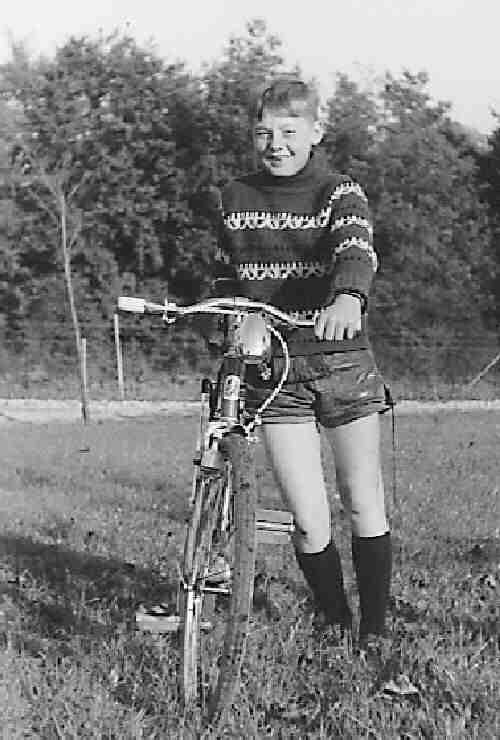
Figure 1.-- We notice a significant decline in the popularity of lederhosen in Germany and other countries during the 1960s. A primary factor appears to have been the increasing popularity of jeans. |

|
HBC at this time has only limited chronological information. We have experience some difficulty in building this page as so pany Lederhosen impages we have acquired are undated.We have no 19th century images of boys wearing lederhosen, but as we have few 19th century German images this does not mean that boys were not wearing lederhosen in the 19th century, especially the late 19th century. With the popularity of Wandervogl and Scouting in the early 20th century we believe that lederhosen became increasingly popular for boys in the early 20th century. They
may have been initially worn by older boys of Wandervogel and Scout age. These youth movement may have helped spread lederhosen beyond Bavaria and Alpine areas. HBC does note images of younger boys wearing lederhosen by the 1910s. Many commercial postcard appear with boys wearing lederhosen, suggesting that they were being worn by boys at this time. Photographs after World War I (1914-18) show that boys in southern Germany, Austria, and
Switzerland were commonly wearing lederhosen. Immediately after World War II, lederhosen were no longer readiably available in Austria and Germany. There was a clothing shortage as the industrial base of Germany had been destoyed. Leather was in especially short supply, notice the number of boys going barefoot in this period. Conditions did not begin to improve signifianly until 1948. Lederhosen once available continued to be worn, but by the 1960s and even more so in the 70s older boys wanted to wear jeans for casual wear. Lederhosen were widely worn by younger boys and even worn to some extent in France. After the 1980s lederhosen have become less commonly worn, but some Scouts still wear them. They are now not very popular in Europe, but they are still worn in some parts in Germany by
some boys--mostly Scouts.
We are not sure about Lederhosen in the 18th century. We believe that they were worn in rural area, primarily in the knee breeches style. They were not a
boys' garment, but rather a kind of tough-wearing work garment by farmers. We are not sure about this. Hopefully our readers will proviode some insights hdere.
HBC at this time has only limited chronological information. We have no 19th century images of boys wearing lederhosen, but as we have few 19th century German images this does not mean that boys were not wearing lederhosen in the 19th century, especially the late 19th century.
With the popularity of Wandervogl and Scouting in the early 20th century we believe that lederhosen became increasingly popular for boys in the early 20th century. They
may have been initially worn by older boys of Wandervogel and Scout age. These youth movement may have helped spread lederhosen beyond Bavaria and Alpine areas. HBC does note images of younger boys wearing lederhosen by the 1910s. Many commercial postcard appear with boys wearing lederhosen, suggesting that they were being worn by boys at this time. Photographs after World War I (1914-18) show that boys in southern Germany, Austria, and
Switzerland were commonly wearing lederhosen. Immediately after World War II, lederhosen were no longer readiably available in Austria and Germany. There was a clothing shortage as the industrial base of Germany had been destoyed. Leather was in especially short supply, notice the number of boys going barefoot in this period. Conditions did not begin to improve signifianly until 1948. Lederhosen once available continued to be worn, but by the 1960s and even more so in the 70s older boys wanted to wear jeans for casual wear. Lederhosen were widely worn by younger boys and even worn to some extent in France. After the 1980s lederhosen have become less commonly worn, but some Scouts still wear them. They are now not very popular in Europe, but they are still worn in some parts in Germany by
some boys--mostly Scouts.
Navigate the Boys' Historical Clothing Web Site casual pages:
[Return to the Main lederhosen page]
[Return to the Main German ethnic page]
[Camp shorts]
[Clam diggers]
[Cord shorts]
[Jeans]
[Jump suits]
[Koveralls]
[Pinafore]
[Shortalls]
[Smocks]
[Soccer shorts]
Navigate the Boys' Historical Clothing Web Site:
[Return to Main short pants page]
[Introduction]
[Activities]
[Biographies]
[Chronology]
[Clothing styles]
[Countries]
[Bibliographies]
[Contributions]
[FAQs]
[Glossaries]
[Satellite sites]
[Tools]
[Boys' Clothing Home]
